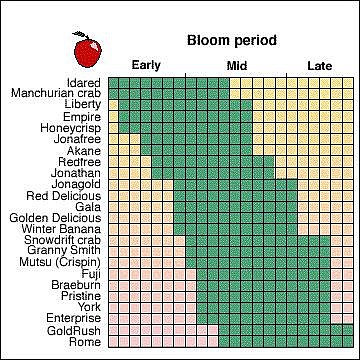Q. I hate those sweet gum balls. I heard there is a way to prevent them. Can you tell me more? Does anyone have any good use for the blasted things? I know those hanging are going to start dropping anytime.
A. Preventing the flowering of sweet gum trees is probably best done by a professional. There are two products that can be used, and they need to be applied annually. Florel is a spray, which needs to be carefully timed. Treating a large tree with it evenly and without getting on other plants is challenging and requires specialized equipment to do correctly. The other product, Snipper, is injected in the trunk and the label is for commercial applicators. It also needs to be carefully timed. Neither product will totally eliminate them but should get most. And the injection is not cheap; it could cost up to $100 per tree, per year.
What to do with them? While not the best looking mulch, they can be used as such. They are said to deter rabbits, slugs and other critters. It pricks their feet and tummies, and they don't like it. I prefer the minimalist approach, use them as a mulch around the sweet gum tree. For a medium sized tree in my yard, I maintain a mulch ring at least 10 feet in diameter, simply raking those that get in the lawn back toward the tree. Yes, it is a bit of work, but it makes use of them with minimal handling. And it looks OK from a distance. It is annoying how they start falling off through the winter and generally don't finish until mid-spring, after the grass is growing, so raking them up is harder.
For anyone wanting to plant a sweet gum tree, there is a cultivar that does not produce these dastardly things, Liquidambar styraciflua "Rotundiloba." While this selection is reputedly from North Carolina, the Missouri Botanic Garden lists it as hardy in zones 5 to 9 and confirms it as not setting the infamous gum balls.
Q. I have a vegetable garden that I improved the soil a lot. My soil test says I don't need any additional nutrients, lime or anything. I am surprised. I know crops like sweet corn usually need more nitrogen. Should I add nitrogen to it or other vegetables?
A. You are correct; for vegetable crops, most will perform better if supplemented with nitrogen during the growing season. We have a publication that provides when to add the nitrogen and how much. You can see when and how much to add in Table 2 of "Steps in Fertilizing Garden Soil: Vegetables and Annual Flowers," extension.missouri.edu/p/G6950.
Vegetables that do NOT require additional nitrogen are beets, carrots, lettuce, sweet potatoes, turnips and watermelons.
Q. I want to plant a few apple trees. Is it true they need to cross-pollinate? If so, how do you figure out which ones pollinate each other?
A. All varieties of apple trees should be cross-pollinated with another apple or crabapple variety. Although some apple varieties, such as Lodi, Liberty, Empire, Winesap, Jonathan, Jonagold, Gala, Golden Delicious, Rome and Granny Smith, may be listed as self-fruitful, they will set more fruit on an annual basis if they are cross-pollinated. Additionally, some apple varieties, such as Winesap, Stayman, Mutsu and Jonagold, produce sterile pollen and therefore cannot be used to pollinate other apple varieties. Many nursery catalogues include pollinization compatibility charts or recommend good apple varieties to use as pollinizers.
For apples to pollinate each other, their bloom times need to overlap. The figure above shows which apple cultivars bloom during the same time. The closer they match the better. In backyard plantings, two semidwarf apple varieties that bloom at the same time should be planted within 50 feet of each other. Two dwarf apple varieties with similar bloom periods should be spaced less than 20 feet apart to ensure the transfer of pollen between trees.
Some white crabapples can be used as a pollinator, but pears cannot. Manchurian crabapple, with profuse white flowers, is commonly used to pollinate early- to mid-blooming apple varieties, while Snowdrift crabapple is used for mid- to late-blooming apple varieties
For complete information, see "Pollinating Fruit Crops" extension.missouri.edu/p/G6001.
The Central Missouri Master Gardeners are a volunteer group of 191 members, 122 of whom are Cole County residents, who maintain 11 beautification sites in Cole County, which are nonprofits or public entities. Master Gardeners must complete a basic training program of at least 30 hours of horticultural training, as well as 30 hours of volunteer service. The Missouri Master Gardener program is supported by the University of Missouri Extension.
Have a gardening question of your own? Call 573-634-2824 or stop by the Cole County Extension Center in Jefferson City at 2436 Tanner Bridge Road.

